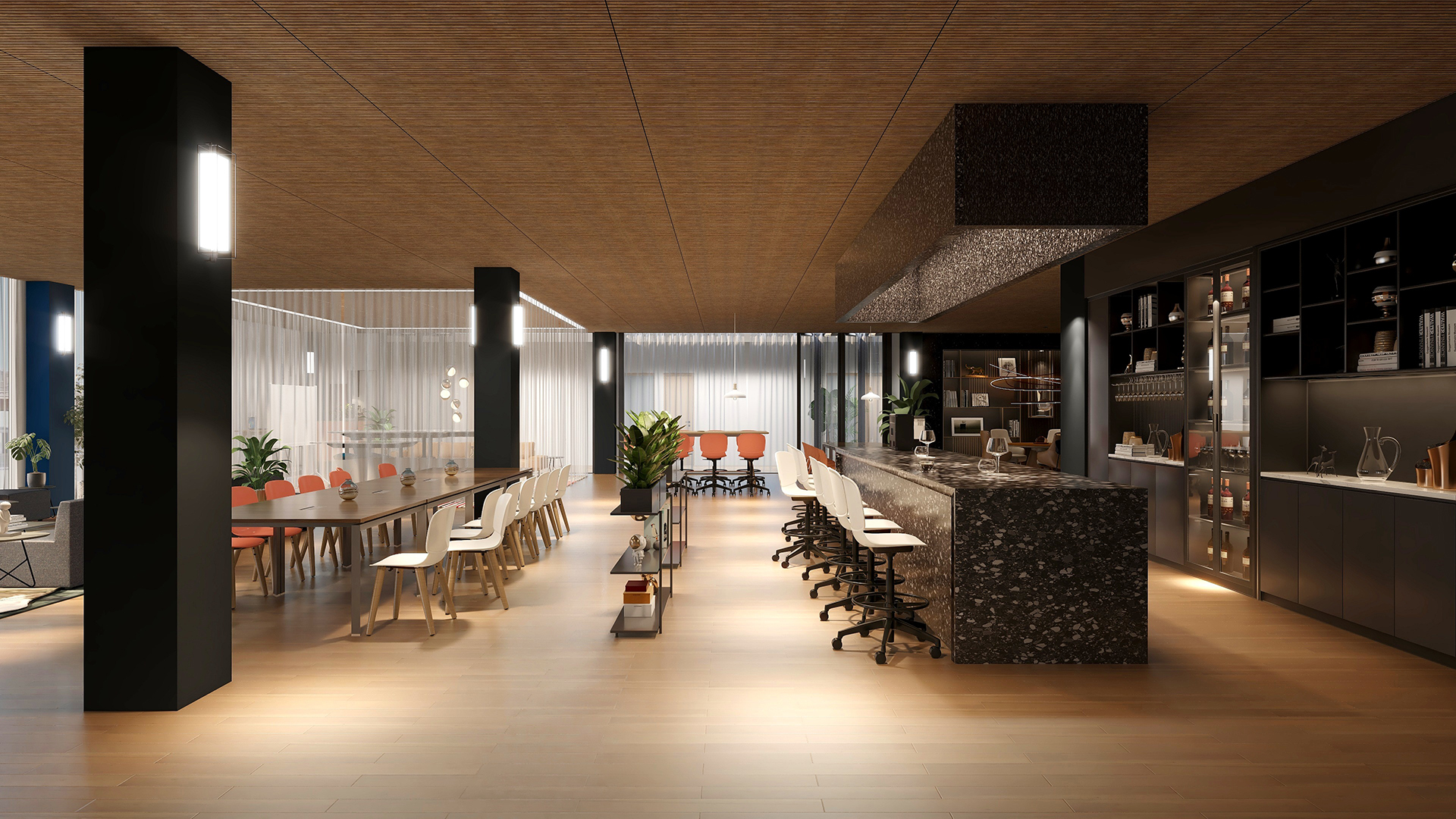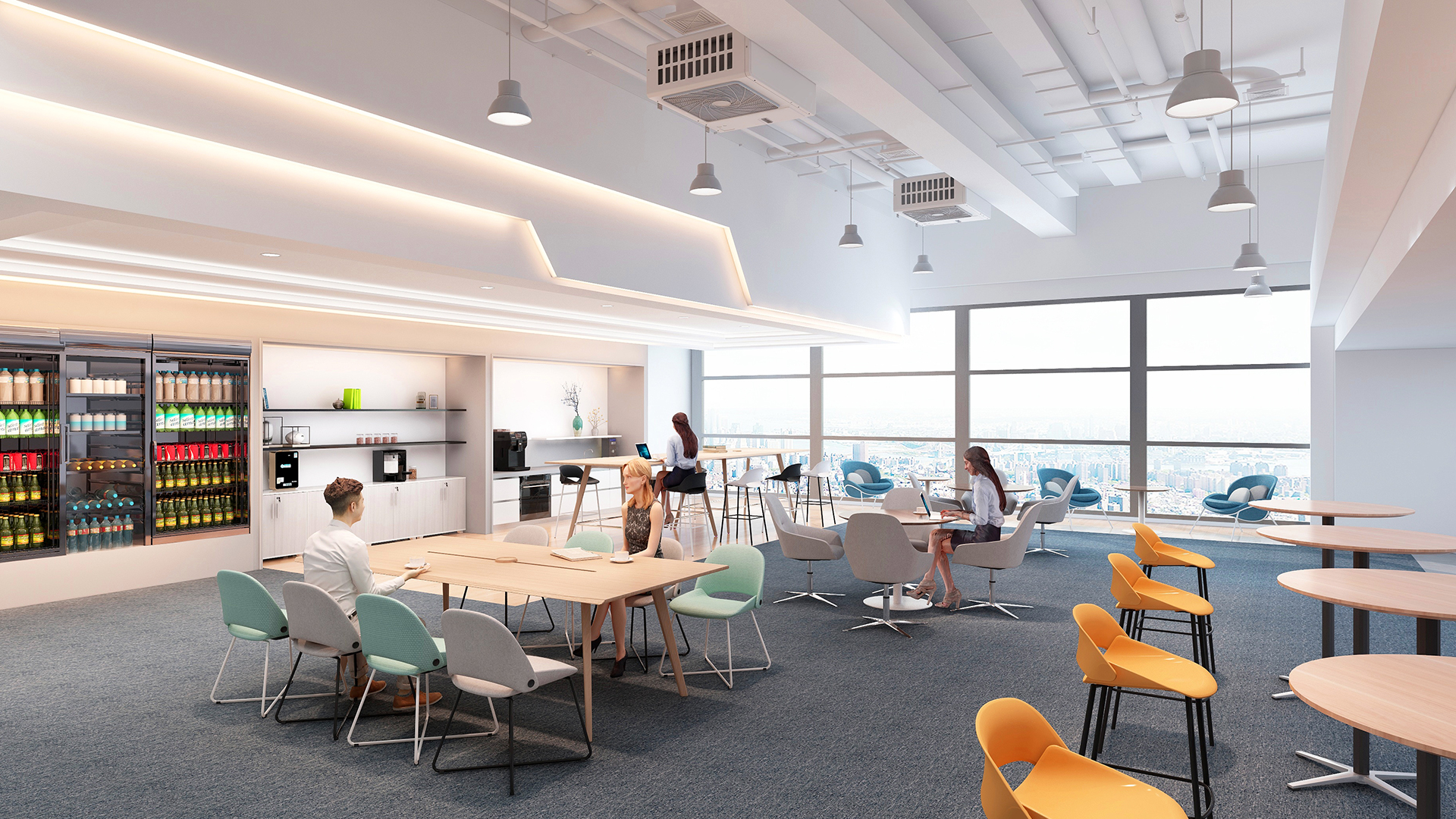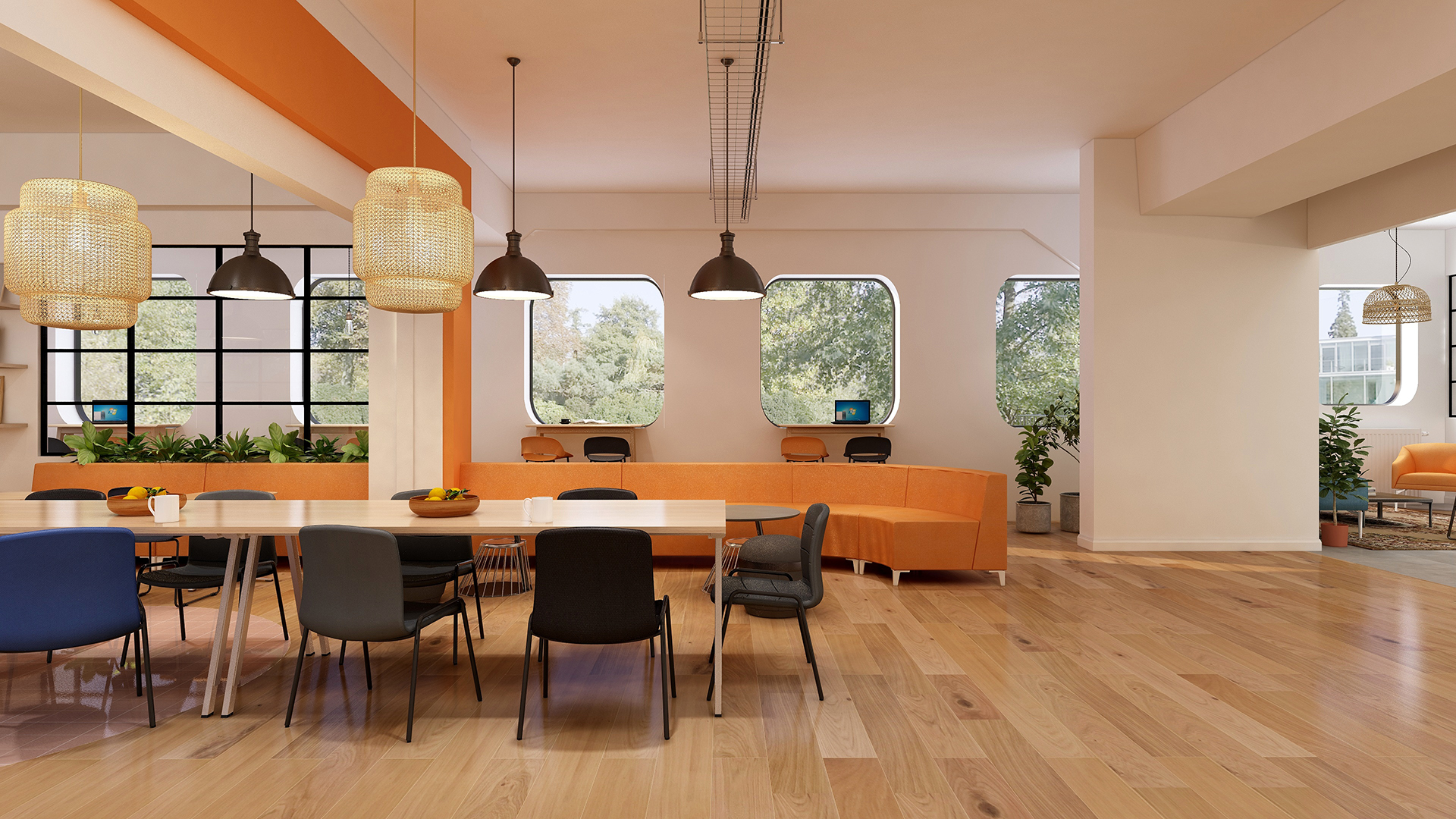
The way we work has evolved dramatically since 2020, along with the rest of the globe. Organizations must investigate novel strategies that boost output, engagement, and adaptability to meet people's changing demands and requirements. The considerable change reflects modern workplaces' increased need for autonomy, flexibility, and teamwork. Coworking spaces are expected to continue popular despite the pandemic changing how we view working in an office. For many people, coworking spaces are the ideal location to work since they offer a welcoming setting with a variety of amenities that support wellness.
Instead of fitting within formulaic office patterns, they have significantly influenced commonplace workplace design. We may also observe the advantages of the lessons we have learnt from coworking spaces and how they could apply to more conventional workplace settings. The coworking sector has transformed the idea of workplaces by meeting the demands of businesses, entrepreneurs, and freelancers and introducing several innovations that conventional workspaces can adopt. What can modern workplaces learn from coworking spaces' designs given that they have long supported flexible working arrangements?

A new community
It is obvious that coworking spaces have been designed to facilitate genuine connections. These options feature open floor plans and common kitchens that offer spaces for impromptu discussion and idea sharing. In a new sort of working paradigm where individuals trade favors to advance business growth, many coworking users report working with people they wouldn't have previously. This improves the individual experiences of those collaborating in these venues while strengthening community ties.
This real and fruitful relationship is replicable within an organization's own offices. By allowing people the freedom to choose their own optimal working spaces, businesses may foster a culture that puts the needs of the community first (as in coworking spaces). In an effort to promote collaboration among employees, modern workplaces are removing physical and hierarchical barriers. More rooms are being set aside so that employees may unwind and socially interact.
People-centric spaces
In order to blend in with individuals, coworking spaces take extra effort. There are employees whose main responsibility is to manage the community so they can create an enjoyable work environment. Similar to how you might design your home, you can design your workplace to be more welcoming and valuable to those working there. Millennials could choose to work in areas that are similar to their college campus. On the other hand, Gen Z employees require a mix of open and private workstations to be effective. Additionally, think about the team members you want to recruit in the future and the culture you want to establish.

Spaces with personality
Offices with a coworking theme stand out because of their vibrant, innovative interior design. One of the main reasons coworking spaces are so well-liked is because of their distinctive personalities, cultures, and ideals, which encourage a feeling of freedom of expression. There are several resources available to accommodate different work patterns. Coworking spaces can range from formal, exclusive settings that convey significance to more informal settings that prioritize casual cooperation. The 'one size fits all' method is no longer used.
Many try to channel the coffee culture that is so prevalent in cafés, with settings created to encourage interaction and high-energy productivity. Organizations should, however, be loyal to their own values and identities when designing an office environment with individuality. Innovative places make it possible to share ideas in new ways, even across disciplines. Office designers have more creative leeway than ever in this setting to design environments that enhance interactions and communication. In the end, businesses should employ every workplace feature—from the design to the furniture—to foster a distinctive, personality-driven environment.
Activity zones
The coworking space business model has been successful in cities with a high concentration of start-ups, up-and-comers, creatives, and digital nomads. Workplace design for coworking spaces is less specific. It is flexible. The activities and events held at coworking spaces contribute to their appeal. Sometimes there are designated rooms or sections in coworking spaces where events may be held. Coworkers take part in various events and activities, which is fantastic for team development.
Taking inspirations, a well-designed corporate workplace may have areas designated as activity zones for: sports and movie screenings, group meals and beverages, town hall meetings, fun activities, and celebrations.

Final Thoughts
All in the office is influenced by the environment you establish within your organization. The collaborative, flexible, and cutting-edge aspects of coworking may be incorporated into traditional offices to foster an atmosphere that fosters creativity and gives people the freedom to flourish. Your staff members will probably be more effective and feel appreciated. They'll be delighted to put in their best effort and contribute to achieving your company's objectives.